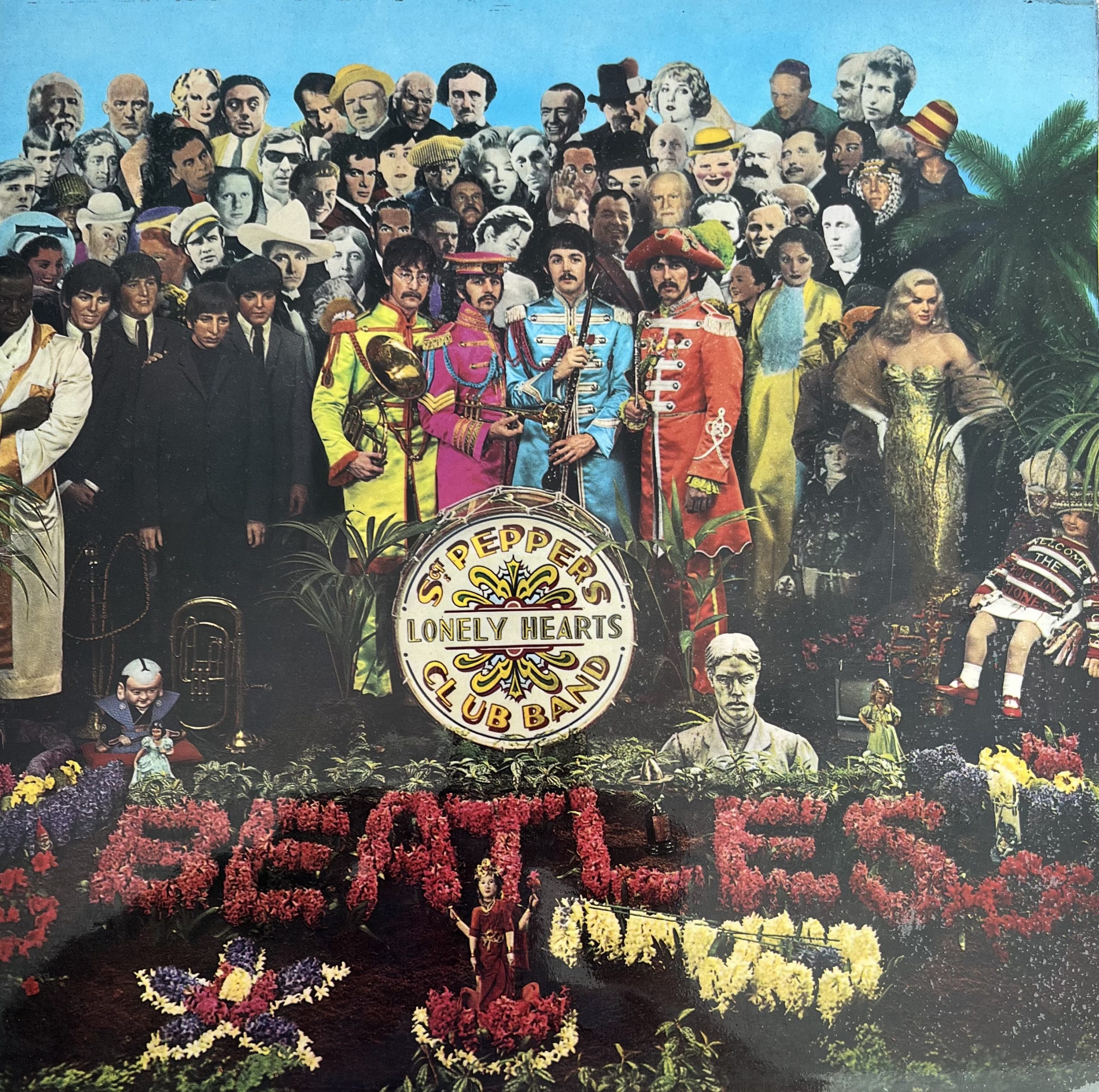This was the Swinging Sixties. A decade of revolution and innovation. A never to be forgotten era embraced by Grand Prix motorcycle racing. Multi-cylinder Japanese designed and built engines. Maverick riders who displayed such skill to ride these mechanical masterpieces to Grands Prix and World Championship victories, accompanied by the music of The Beatles, The Rolling Stones, The Who and Jimmy Hendrix.
Forget those terrifying 500cc two-strokes, the V8 Moto Guzzi 500cc monster or the 360km/h modern-day MotoGP™ machines, because they were, and are, a doddle to ride compared to that incredible 50cc motorcycle that Hans-Georg Anscheidt coaxed to three World titles. A Grand Prix motorcycle that demanded a genius to ride to the limit. Anscheidt certainly earned that particular title.
In the modern Grand Prix world of electronics, multiple tyre choices, carbon fibre disc brakes and wings it is hard to fully understand just what a jack of all trades you had to be to even ride, let alone win on these 50cc machines. Mechanical masterpieces they may have been, but to harness all that potential you required a skill never witnessed before or after. The RK67 Suzuki on which Anscheidt won the 1967 and 1968 World titles was the perfect example of what was required by the man in the saddle.
Just how did they cope? Let’s start with the 14-speed gearbox. No wonder they wore off so much leather from those left boots. Constant gear changing was vital to keep the 50cc two-stroke water-cooled parallel twin engine peaking at around 17,500 rpm. The tiny engine with pistons the size of eggs which produced an incredible 17.5 hp was totally unforgiving. If you did not keep the engine in the narrowest 1000 rpm power band the speed simply disappeared. Certainly, Anscheidt found the speed and winning the 1968 Belgium Grand Prix at Spa Francorchamps was reported to have gone through the speed trap at a truly extraordinary 205 km/h on the RK 67 Suzuki. Over 200km/h on a 50cc machine was not enough for Suzuki and they started to develop a three-cylinder version, but then the FIM stepped in to limit the number of cylinders and gearbox cogs to keep the spiralling costs down and the development ended. Just where would it have ended up in all classes? These speeds and gear changes were kept in contact with the tarmac by tiny 5cm wide tyres more suited to a push bike. The engine was housed in an aluminium frame with the whole package weighing just 58kg.
Anscheidt really was the undisputed king of the 50s. He won the very first 50cc Grand Prix at Montjuic Park Barcelona in 1962 riding the Kreidler. He won five more Grands Prix for Kreidler before switching to Suzuki in 1966. Anscheidt won the World title for the Japanese factory that year and retained the title for the next two years and in total won 14 GPs. The 50s disappeared in 1983 switching to 80cc. Many World Champions, and especially those in Britain, started their careers racing 50cc machines before moving on. Mike Hailwood, Bill Ivy and Barry Sheene all cut their teeth on the tiddlers. Sheene’s second Grand Prix win was in a one-off ride for Kreidler at the 50cc Czechoslovakian Grand Prix in Brno. He is the only rider to have won both 50cc and 500cc Grands Prix.
What a decade to grow up in. Five-cylinder 125s, England winning the World Cup, six-cylinder 250s, Sgt Pepper’s Lonely Hearts Club Band, three-cylinder 50cc two-strokes with 14 gears and Hans-Georg Anscheidt.


